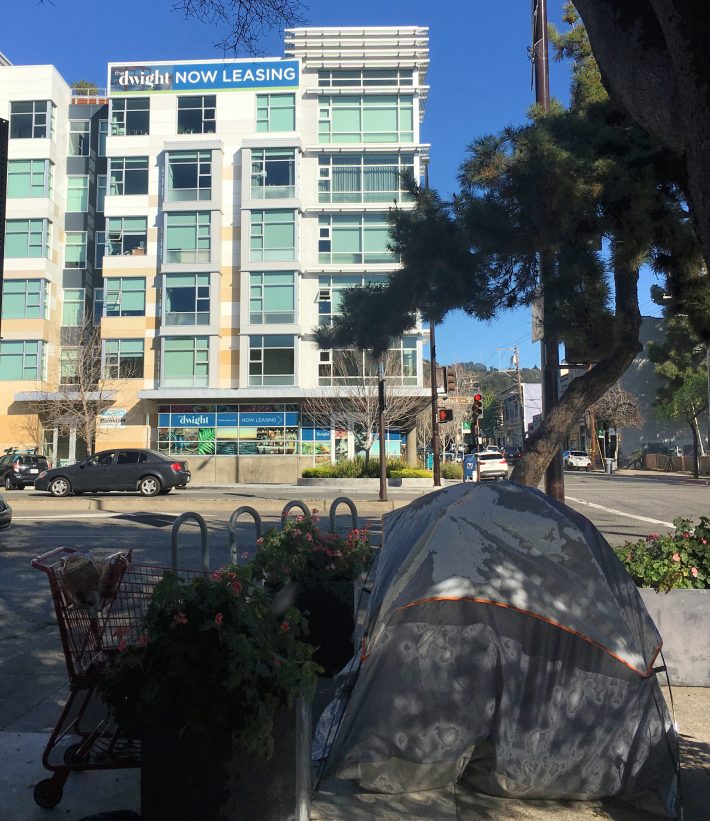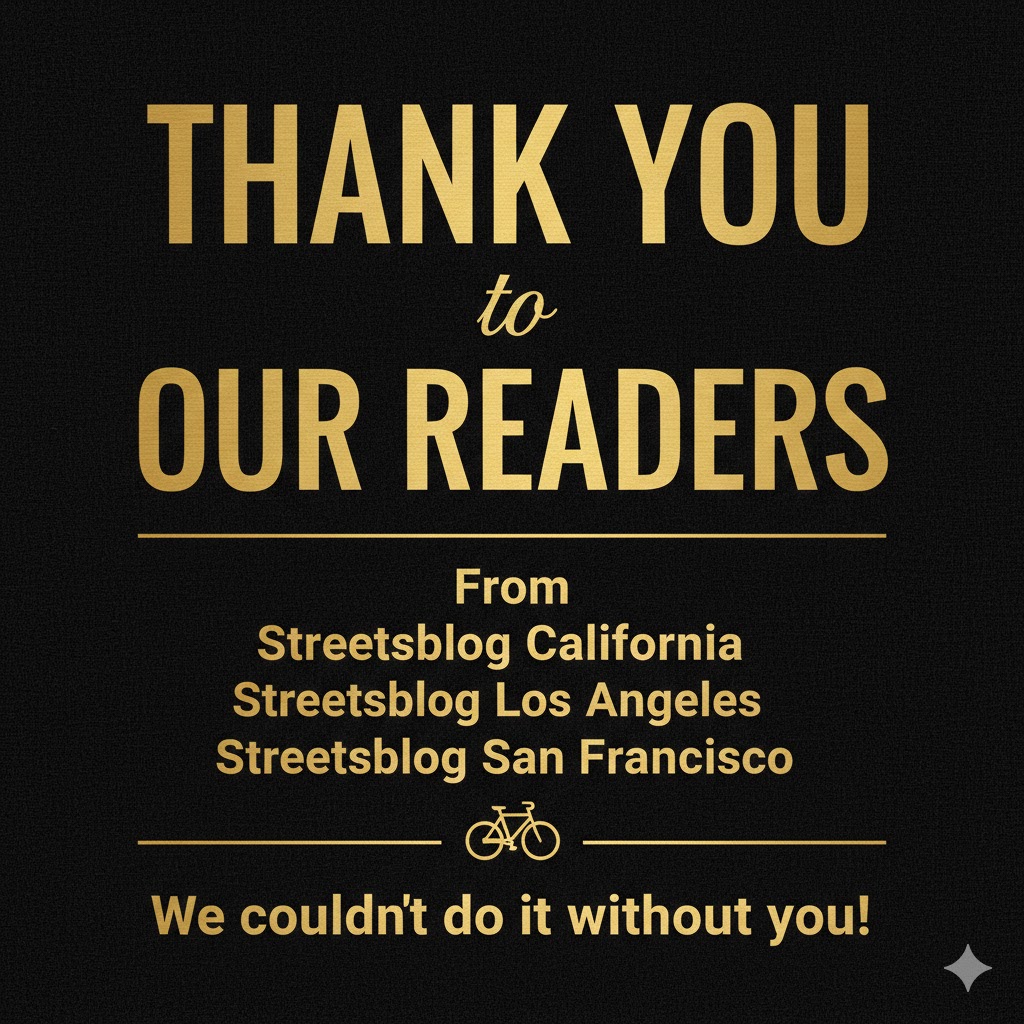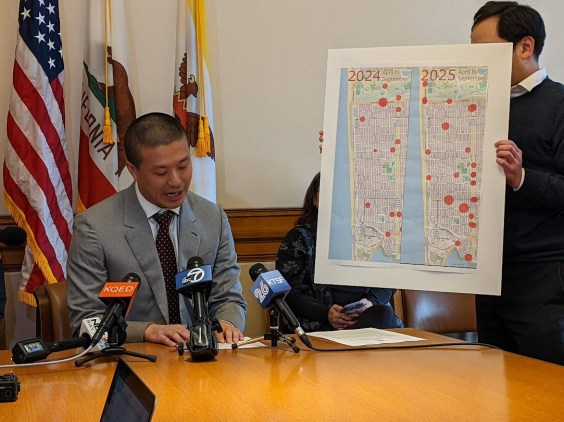Last night, Berkeley became the second city in California to move towards getting rid of its single family-only zoning.
Councilmember Lori Droste acknowledged that the move is largely symbolic, with the goal is to bring an end to the racist legacy of single-family zoning in the city. Berkeley was the first city to adopt single-family zoning, in 1916, with the express purpose of preventing Black and brown people from being able to move into some parts of the city.
The council's proposal [PDF] starts a process to explore the end of single family zoning by December of 2022, which means expect a lot of vituperative conversations in the next couple of years.
About half of the city is currently zoned for single-family residences only, which means that the duplexes and fourplexes common in other parts of Berkeley are not allowed in the wealthier whiter areas.
Other cities in California, and the U.S., are studying similar moves. Last month, the city council of Sacramento voted to allow fourplexes within current single-family zones. Portland and Minneapolis have both made similar changes in the past few years. Oregon last year passed a statewide measure banning single-family zoning in communities with a population of more than 10,000. The state of Washington tried, but failed, to eliminate single-family-only zones statewide.
Berkeley and Sacramento's moves are giving the green light to housing advocates in other cities to at least talk about the history and lingering legacy of single-family zoning.
The efforts align with work at the state level, including several recent bills that failed to get through. One such effort was last year's S.B. 1120, which would have made it easier to build duplexes in single-family zones. Senator Scott Wiener also tried, and failed, to pass S.B. 50, which was intended to allow denser housing near transit rich areas but would not have touched single family zones - or areas without transit.
Many reasons have been laid out for and against getting rid of single-family zoning. The ways that zoning policy has encouraged - and subsidized - suburban development, to the detriment of other housing types, is one argument for its abolishment. Restrictive, single-family zoning is one of the myriad reasons housing has become prohibitively expensive, in places like Berkeley but also, increasingly, everywhere else in the state.
In Berkeley, as in other places, state housing law will require the city to rezone in the next few years anyway, to make it possible to build many more units than it could under its current zoning regulations. If the single-family zones remain sacrosanct, any increases in housing units would be limited to areas that are already zoned for multiple units.
That these areas are the historically redlined neighborhoods is one of the issues cited for making this change in both Berkeley and Sacramento: it's a question of equity. Berkeley Councilmember Lori Droste specifically pointed to the racist motives behind the creation of single-family zones as a reason to revisit it.

But rezoning itself will never be enough to solve the housing shortage, and it won't do anything to redress the problems it created in the first place. The legacy of exclusionary zoning is that it deprived certain communities the luxury of stability and wealth accumulation. This has left them more vulnerable to displacement, as their neighborhoods become more attractive and accessible to wealthier outsiders.
Berkeley is a perfect example of this in practice. Its historically red-lined neighborhoods have become increasingly desirable over the past two decades - and increasingly expensive. Many of the area's older, low-income, and Black residents have already been pushed out. New buildings going up along Shattuck Avenue and in Downtown Berkeley are adding more housing to the city, but those units will not be available to the people who have already been pushed out. More multi-unit housing does not translate to more affordable housing in a city where the few properties that become available fetch high prices, no matter what their condition.
This is a problem everywhere. In L.A., the Transit-Oriented Communities program allows greater density if a project is within a certain distance of transit and includes a certain percentage of affordable units. That looks like a win-win: more affordable housing near transit supports both transit and people potentially displaced by new housing. But along the under-construction Crenshaw Metro line, for example, the program has contributed to a burst of real estate development that is pushing up rents along this Black business corridor. At the same time, a legacy of predatory lending, foreclosures during the last recession, and the growing concentration of homes in the hands of a few large landowners (see my colleague Sahra Sulaiman's tweets about that here) are changing the balance of homeownership in the area and threatening remaining residents with displacement.
Yes, single-family zoning is a racist, exclusionary practice, but the damage has already been done, and just removing it won't undo that harm.






